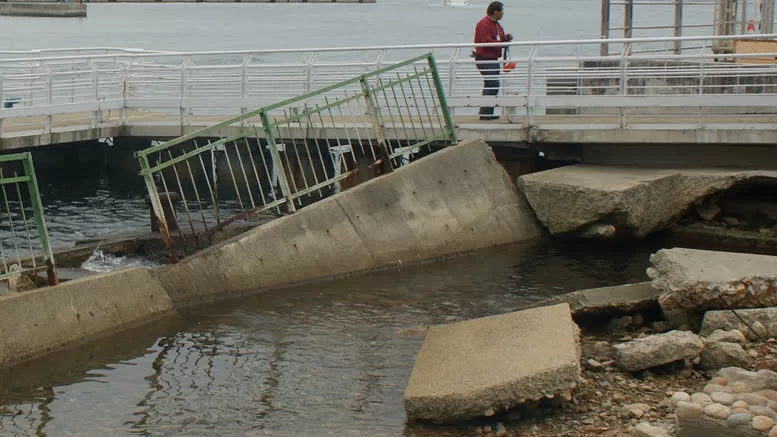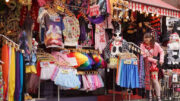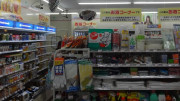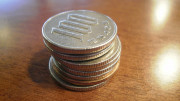As seen in Kobe in January 1995 and more recently north of Tokyo in March 2011, catastrophic earthquakes and tsunamis pose a real threat to Japan. While minor tremors occur daily, large, destructive earthquakes are relatively rare—but when they do strike, they can be deadly.

The Japanese are well-accustomed to these natural occurrences. From a young age, children are taught how to respond in an emergency. Tourists, on the other hand, are often the ones who panic or become alarmed by minor tremors, which generally go unnoticed by locals. However, as seen in Kobe and during the devastating 8.9-magnitude earthquake off Japan’s Tōhoku region in March 2011, earthquakes and subsequent tsunamis can occur without warning, anywhere and at any time.
Japan enforces strict building regulations, making modern buildings and subways among the safest places to be during an earthquake. In the event of a quake, water, gas, and electricity may be cut off, so it’s best to avoid open flames. It’s also wise to store water, as obtaining fresh water may become difficult after a serious earthquake—filling the bathtub is a great precaution.
If you are in your hotel during a quake, follow the instructions of the hotel staff. Japanese hotels provide a safety guide in each room, which you should familiarise yourself with in advance. Additionally, take note of the location of the emergency torch, which is usually provided in case of a power outage.
After an earthquake, it is crucial to move to higher ground as quickly as possible. As seen in 2011, the resulting tsunami can send massive waves several kilometres inland at incredible speed and force.




